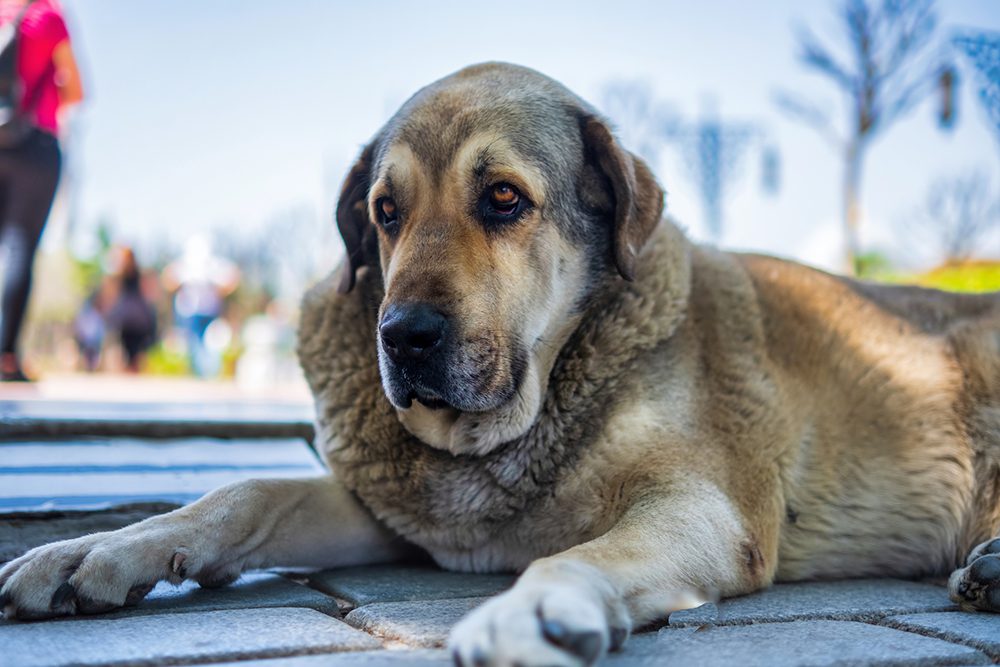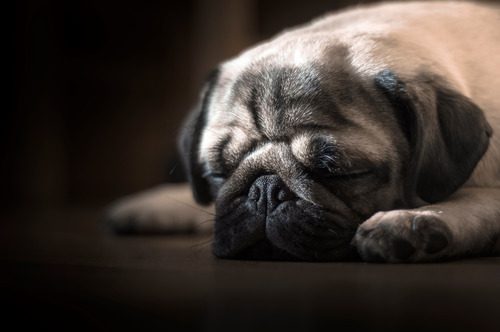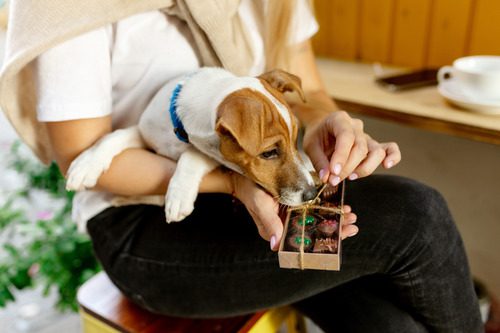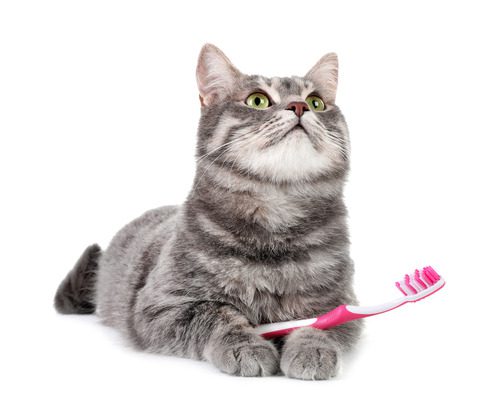What Every Pet Owner Needs to Know About Dog Obesity
As responsible pet owners, it is crucial to understand the various health challenges our furry friends may face. One such concern that can have serious consequences on your dog’s well-being is obesity. Dog obesity is a growing problem worldwide, and it’s essential to educate ourselves about its risks, causes, prevention, and management. In this comprehensive guide, brought to you by Heart + Paw, we will delve into the intricacies of dog obesity, providing valuable insights for every pet owner. By the end, you’ll be equipped with the knowledge to safeguard your beloved companion from the dangers of excess weight.

The Impact of Dog Obesity on Your Pet’s Health:
Dog obesity is not merely an aesthetic concern; it poses significant risks to your pet’s overall health and longevity. Obesity increases the likelihood of developing numerous medical conditions, such as diabetes, heart disease, arthritis, respiratory problems, and even certain types of cancer. Additionally, carrying excess weight puts stress on your dog’s joints, leading to discomfort and reduced mobility. Understanding these potential consequences highlights the urgency of addressing and preventing obesity in our furry friends.
Causes and Contributing Factors of Dog Obesity:
Multiple factors contribute to the development of dog obesity. Overfeeding and a sedentary lifestyle are among the primary culprits. Feeding your dog excessive amounts of high-calorie food or offering too many treats can lead to weight gain. Lack of exercise and physical activity also play a significant role. Additionally, certain breeds and genetic predispositions may make some dogs more susceptible to obesity. Recognizing these causes empowers pet owners to make informed choices regarding their dog’s diet and exercise routine.
Detecting and Preventing Dog Obesity:
Regular monitoring and early detection are crucial in managing dog obesity effectively. As a pet owner, it’s essential to recognize the signs of excess weight, such as difficulty breathing, decreased energy levels, and an inability to perform regular activities. To prevent obesity, feed a balanced diet approved by your veterinarian. Not all foods are calorically the same and so working with your vet to be sure you are feeding the right amount is important. Additionally, if treats are a big component of your training be sure that you incorporate them into the overall calorie intake for your pet and reduce the amount of kibble at mealtimes. Engage your pet mentally with puzzle feeders at mealtime, just like humans the slower they consume their food the more likely they will feel full and occupied. Measure portions carefully using a measuring cup, avoid excessive treats, and prioritize high-quality, nutritious food. Regular exercise is equally vital. Engage in interactive play sessions, walks, or even agility training to keep your dog active and healthy.
Another big component of prevention is understanding what the nutritional needs of your dog’s life stage is. For example, a puppy prior to spay or neuter has a higher metabolic rate than an adult dog, so timing of changes in food that are less calorically dense at the times when your pets metabolic rate naturally slows down. This is an important part of preventing obesity. Partnering with your Heart + Paw veterinarian is ideal to figure out your dog’s exact needs during their different life stages.
Taking Action: Managing and Treating Dog Obesity:
If your dog is already overweight, don’t despair. With the right approach and guidance, you can help them shed those extra pounds and regain their vitality. Start by consulting your veterinarian, who can assess your dog’s overall health, recommend a suitable weight-loss plan, and provide ongoing support. This may include adjusting your dog’s diet, reducing caloric intake, and implementing a gradual exercise routine. Remember, successful weight management requires patience, consistency, and a collaborative effort between you, your veterinarian, and other pet care professionals.
Understanding the Health Risks Associated with Dog Obesity:
Dog obesity is associated with an array of health risks that can seriously impact your pet’s quality of life. It increases the likelihood of developing diabetes, a condition that requires careful management to prevent long-term complications. Heart disease can be another concern, as excess weight strains the cardiovascular system, leading to high blood pressure and other cardiovascular problems. Airway diseases are a concern for obese dogs since tissues within their airways are a common place for fat deposition, particular in brachycephalic breeds and breeds like labs and goldens. Furthermore, overweight dogs are prone to joint issues and arthritis, which can result in chronic pain and decreased mobility. Recognizing these risks emphasizes the need for proactive weight management strategies.
The Role of Diet and Nutrition in Preventing Dog Obesity:
Maintaining a healthy weight in dogs starts with providing a balanced and nutritious diet. Opt for high-quality dog food that meets your pet’s specific nutritional requirements. Avoid free-feeding and opt for regular meal times with measured portions. Consult your veterinarian to determine the appropriate caloric intake for your dog’s age, size, and activity level. Remember, treats should be given in moderation and chosen wisely, opting for healthier alternatives or low-calorie options. By being mindful of your dog’s diet, you can prevent excessive weight gain and promote overall well-being.
Exercise and Physical Activity: Key Components in Battling Dog Obesity:
Regular exercise is vital for preventing and managing dog obesity. Engaging your furry friend in physical activities not only burns calories but also strengthens their muscles, improves cardiovascular health, and enhances mental stimulation. The type and intensity of exercise depend on your dog’s age, breed, and overall health. Aim for a minimum of 30 minutes of daily activity, such as walks, playtime, or interactive toys. Consult your veterinarian for personalized exercise recommendations that suit your dog’s needs.
Overcoming Challenges: Tips for Helping Your Dog Lose Weight:
Helping your dog lose weight can be challenging, but with the right strategies and mindset, it’s achievable. Start by establishing realistic goals and monitoring progress through regular weigh-ins. Gradual weight loss is healthier and more sustainable than rapid reductions. Focus on providing portion-controlled meals, avoiding table scraps, and rewarding your dog with praise, attention, or low-calorie treats instead of high-calorie options. Engage in physical activities that your dog enjoys, making exercise a positive and bonding experience for both of you.
Partnering with Your Veterinarian for Successful Weight Management:
Dogs that are a healthy weight often get called skinny because overweight pets have been normalized. If you are concerned that your dog is too thin, be sure to consult with a Heart + Paw vet to confirm whether your pet is at a healthy weight or not. Your vet might also suggest adjusting food portion sizes.
To ensure the successful management of dog obesity, it’s essential to partner with your veterinarian. Regular veterinary check-ups enable early detection of any weight-related health issues and allow for adjustments to your dog’s weight-loss plan as needed. Your veterinarian can provide guidance on diet, exercise, and behavior modification tailored specifically to your dog’s needs. By working together, you can create a comprehensive weight-management plan and monitor progress effectively.
As pet owners, it is our responsibility to prioritize our dog’s health and well-being. Understanding the dangers of dog obesity and implementing preventive measures can significantly enhance your pet’s quality of life and longevity. By providing a balanced diet, promoting regular exercise, and partnering with your veterinarian, you can ensure that your furry friend maintains a healthy weight. Remember, the journey to a healthier weight starts with education and action.
Don’t wait—book an appointment online with any of our Heart + Paw locations today to discuss your dog’s weight management needs and secure a brighter future for your beloved companion.
Recent Posts
Can Dogs Eat Ham?
Ham is a popular meat found on many dinner tables, especially during the holidays. As a dog…
8 Signs and Symptoms of Diabetes in Dogs
Caring for a dog means being tuned in to the subtle changes that can reveal their overall…
Why Dogs Can’t Eat Chocolate and Tips for Keeping This Sweet Treat Out of Their Reach
Chocolate is a beloved indulgence for us, but for our dogs, it’s a hidden danger that can…
Why Cat Teeth Cleaning is Important For Your Pet’s Health
As a cat owner, you know how important it is to care for your feline friend’s overall…
Cat Body Language: A Guide To Understand What Your Cat is Telling You
Imagine trying to communicate without words, relying solely on subtle gestures, glances, and movements. This is how…
About Us
Heart + Paw was founded in 2018 by Chief Veterinary Officer Dr. George Melillo, who currently serves the Mid-Atlantic area. Heart + Paw offers a combination of veterinary care, pet grooming, and dog daycare to help be a resource in your pet parenthood journey.
We'd Love to Meet Your Four-Legged Friends
Find out how the friendly veterinary team at your local Heart + Paw can help your pets live longer, healthier lives by searching for a location near you.





